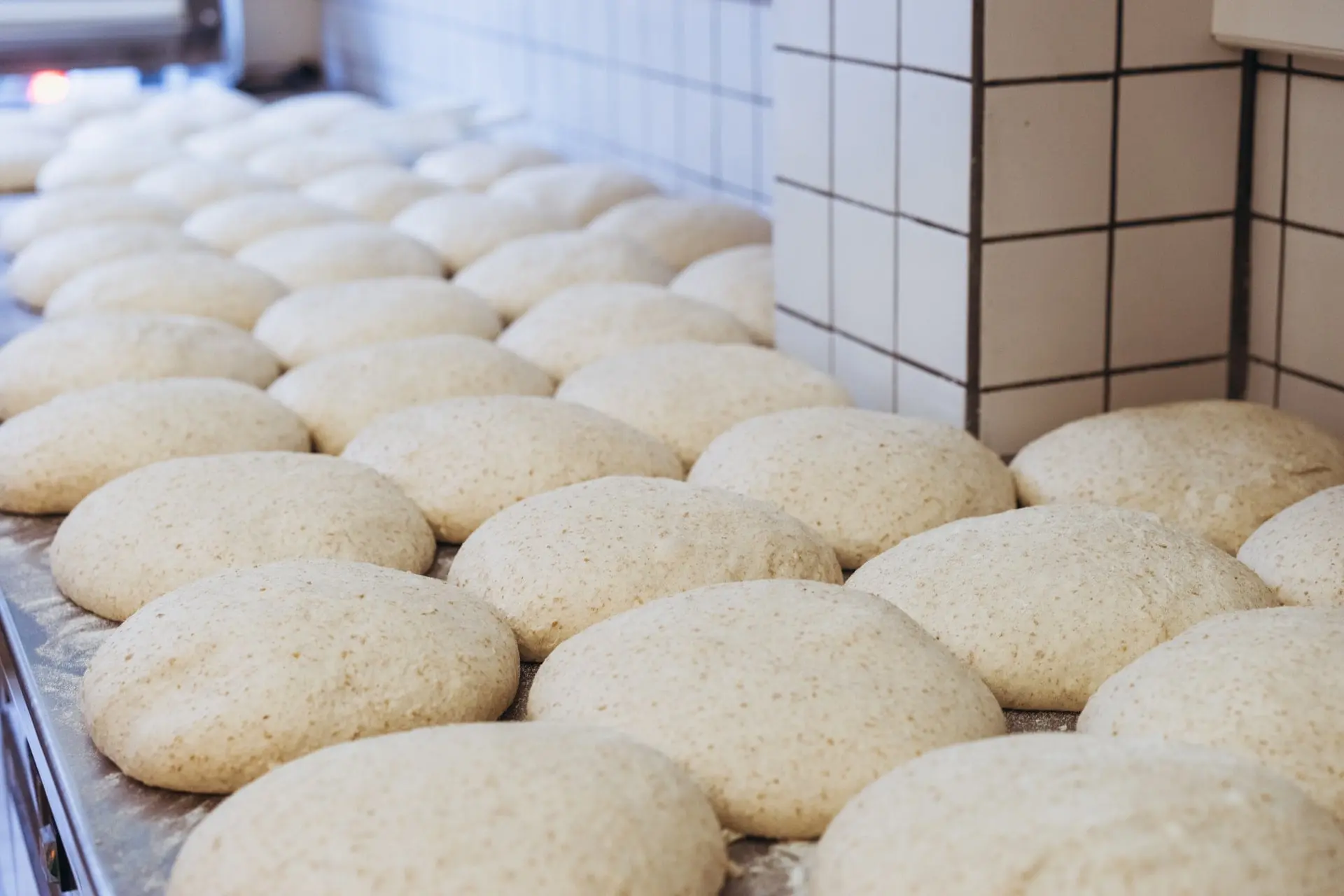Everything you wanted to know about yeast in bread
Updated:

Yeast is a key ingredient in bread making. It is a fungus that produces carbon dioxide and alcohol. So, what does yeast do in bread? Well, yeast is used as a leavening agent, which helps the bread to rise. Yeast also gives bread its flavor and texture.
Yeast has many benefits, including the fact that it is high in protein and vitamins. Yeast also helps the bread to stay fresh for longer.
The primary use of yeast in bread is that it helps the bread to rise. Yeast does this by producing carbon dioxide gas. The carbon dioxide gas gets trapped in the dough, which makes the dough rise.
Yeast is also responsible for the flavor and texture of the bread. Yeast creates alcohol and acidic compounds, which give bread its flavor. The yeast cells also help to break down gluten, which gives bread its softer texture.
There are many different types of yeast, but the most common type used in baking is an active dry yeast. This type of yeast needs to be dissolved in water before it can be used. Other types of yeast include instant yeast and fresh yeast. Active dry yeast is the most popular type of yeast because it is easy to find and use.
Instant yeast is a type of yeast that does not need to be dissolved in water before use. This type of yeast is also known as quick-rising yeast or fast-acting yeast. Instant yeast is more concentrated than active dry yeast, so you will need to use less of it.
Fresh yeast, also called cake yeast or compressed yeast, is a type of live Yeast that is sold in small cakes. Fresh Yeast is the most perishable type of Yeast and has the shortest shelf life. This type of Yeast must be used within a few days after it is purchased.
There are some alternative uses for yeast that people might not know about. Yeast can be used to make beer and wine. Yeast can also be used as a food for animals.
What happens if you put too much yeast in bread?
If you put too much yeast in bread, the bread will rise too much and then collapse. The bread will also be very dense and have a yeasty flavor. So, it is important to follow the recipe when making bread and not add too much yeast.
What bread does not have yeast?
Bread that does not have yeast is called quick bread. Quick breads are leavened with baking powder or baking soda. Baking powder and baking soda are chemical leavening agents that release carbon dioxide gas when they come in contact with liquids. This carbon dioxide gas helps the dough to rise.
Quick breads include biscuits, pancakes, muffins, and scones. These types of breads are quick and easy to make because they do not require the time for Yeast to rise. Quick breads are also more dense than Yeast breads because Yeast creates pockets of air in the dough as it rises.
What is the difference between yeast bread and quick bread?
The main difference between yeast bread and quick bread is that Yeast bread requires time to rise, while quick bread does not. Yeast bread is made with a live Yeast that creates carbon dioxide gas as it rises.
As we've mentioned above, quick bread is leavened with baking powder or baking soda, which are chemical leavening agents that release carbon dioxide gas when they come in contact with liquids.
Yeast bread is usually more fluffy than quick bread because Yeast creates pockets of air in the dough as it rises. Quick bread are denser than Yeast bread because they do not have the same amount of air pockets.
So, there you have it – everything you ever wanted to know about yeast! We hope you found this information helpful and that you now have a better understanding of this key ingredient in bread making.
